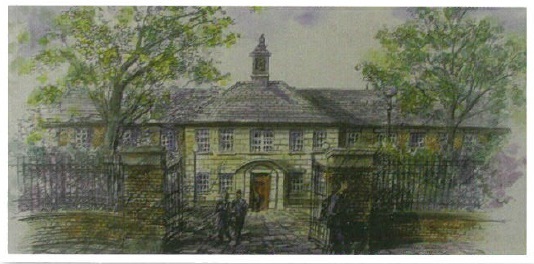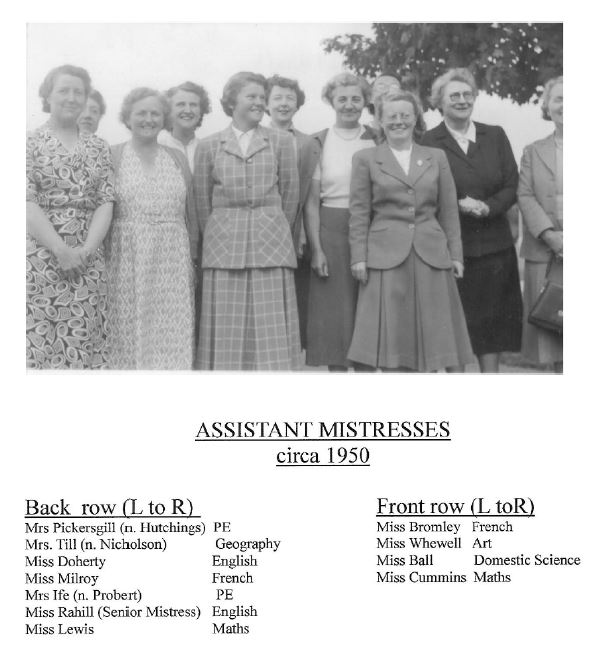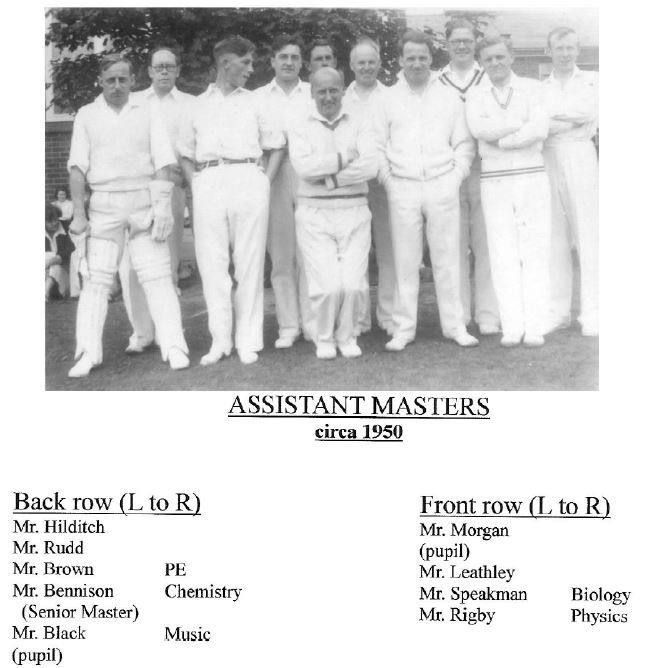
Richard Balshaw founded a trust for a charity school in Leyland on 14th June 1782. He wanted to help educate the children of those too poor to afford the high fees of most schools in those days. There were, however, strict rules established for both staff and students.
One stated that any teacher with a child of his or her own must be immediately removed from the school. Balshaw’s believed that teachers with their own children were too preoccupied with them to be good teachers. He died on 11th April 1811, almost 30 years after founding the school. It is believed that he managed the whole school single-handedly, though he did hire several trustees to help him.
Over the next century Balshaw’s went through countless changes, including different headteachers, renovations, the addition of extra land to the school’s grounds and disputes of sex equality. Some people, men believe it or not, complained that boys and girls should not be treated the same and that Balshaw’s was guilty of this sin.
During the First World War Balshaw’s continued to flourish, despite the call-up of 30 boys and teacher, Mr Clements, to the fighting front. In 1915 Balshaw’s had 153 pupils drawn from 21 different towns, by 1917 the number had risen to 192 pupils.
Speech Day in 1919 was a sad occasion, when the School Captain read the list of those who had fallen at the front, 23 out of 175 who fought was the number of their generation to die. The reading out of the names of those boys who died in the war became traditional at Armistice Day service for many years to come.
The biggest change occurred in September 1932 when 165 pupils from Golden Hill moved to a new building on Church Road, the place where the school is situated to this day.
The Original Site Plans are here.
The official opening of the new Balshaw’s took place on 8th June 1932, almost the anniversary of the setting up of the Foundation on 14th June 1782. The old school badge, a cross saltire with a book in the centre featuring the motto “Strenue” was replaced by a silver griffin and the words “Non sibi sed aliis” meaning “Not for one’s self but for all”.
The four houses were named after local houses, which could be why the griffin became the school’s emblem - the griffin is a creature of heraldry .The prefect system was set up in school, which meant that senior students were appointed to reinforce discipline and help the school run smoothly. The scheme was a success and is still in operation today.
Throughout the six years that the Second World War raged Balshaw’s continued to provide education for its students in spite of the loss of teaching staff and other difficulties. In 1960 Mr Oldland retired after spending “29 of the happiest years of his life at Balshaw’s”. Mr R A Bennison, a Science master, acted as Head, until Mr Fred Bleasdale was chosen in 1961.
Many changes were made to the Curriculum that year, mainly in connection with the “0″ levels. Mr Bleasdale became an important figure in Balshaw’s history, he campaigned for a separate sixth form to be set up, to benefit children who wanted to pursue higher education. He won his battle and Runshaw College was set up on a site in Leyland. It was named Runshaw out of respect for the Chorley part of the catchment area and Mr Bleasdale was named principal.
There was also a magazine which was written by the students, The Effort (from 1921-31) and The Balshavian. Most of these are on our website but if you have any editions we don't have we'd love to hear about them: eg. The 1951 Balshavian or the 1925-31 Effort magazines are missing!
In 1973 Mr Paul Ingram was appointed as Headmaster and remained in position until January 1995 when Miss Venn took over. She is the first ever woman Headteacher – I say no more!
By an ex – student of the school.
Balshaw’s in Print: Histories of the School
The story of Leyland Grammar School was documented by Raymond N. Cash and mentions how they were forced to merge with Balshaw's who were "better run and better managed"! A History of Leyland Free Grammar School can be accessed here.
The story of the first 200 years of Balshaw’s School was described by George Birtill in his book published in 1982 as part of the bicentenary celebrations. Jo Venn expressed a wish for this to be updated, prior to her retirement in 2014. She was able to recruit Keith Woodcock to undertake this task. Keith, together with his wife Ollie, have spent the past 12 months searching through files and cupboards in school, gathering photographs and information from a variety of sources, including former students and staff.
Balshaw’s Church of England High School – A further history 1981 to 2014 was compiled and edited by Keith and Ollie Woodcock.
The book was launched on Saturday 14th June 2014 at the Reunion Event for those who left in 1994. This is an auspicious day in the historys founder, Richard Balshaw, established the trust which set up the school. Keith hopes that all those who have been involved with the school during the period from 1981 to the present day, will find the book interesting and entertaining. It features memories of people and events as well as information about school life, the building programme and former staff and students.
Mr R K Woodcock
Lancashire Libraries also published histories of the Free Grammar School which you can view here.
Dr Breen has been digitising the school archive and her article about the school's history has led to many other donations of archival material from far and wide.
The fate of the Golden Hill Lane School and the archival stories also sparked interest from the Lancashire Evening Post.
Photographs from the Past
Ruth Norris Balshaw's 4 June 1908 aged 15.
Pa & Ma Jackson, Balshaw's circa 1922, Photo from Norah Sanderson.
Balshaw's circa 1924, Photo from Norah Sanderson.
Lancashire Education Committee returns 1927-31.
These Photo Albums from 1931 to-1941 show how proud the Balshavians were of their new school.
The School Prospectus from the 1930s, 1940s and 1948 show off the facilities the new school had to offer.
Thanks go to Jenny Prestwich for her photos. She attended Balshaw's from 1939-46.
Sport was always important at Balshaw's and the sports teams were photographed every year, these were from 1939-40 (see the Balshavian magazines for more).
Thank you, also, Barbara (n. Ward) Wright, Head Girl 1952/3, for sharing these wonderful scrapbooks of photographs from the past.
Select the Photo Albums below to enlarge them.
Use the arrows on the right to turn the pages.
Album 1
Album 2
Album 3
Album 4

